Realism, Pre-Impressionism, & Pre-Raphaelites Impressionism & Post-Impressionism
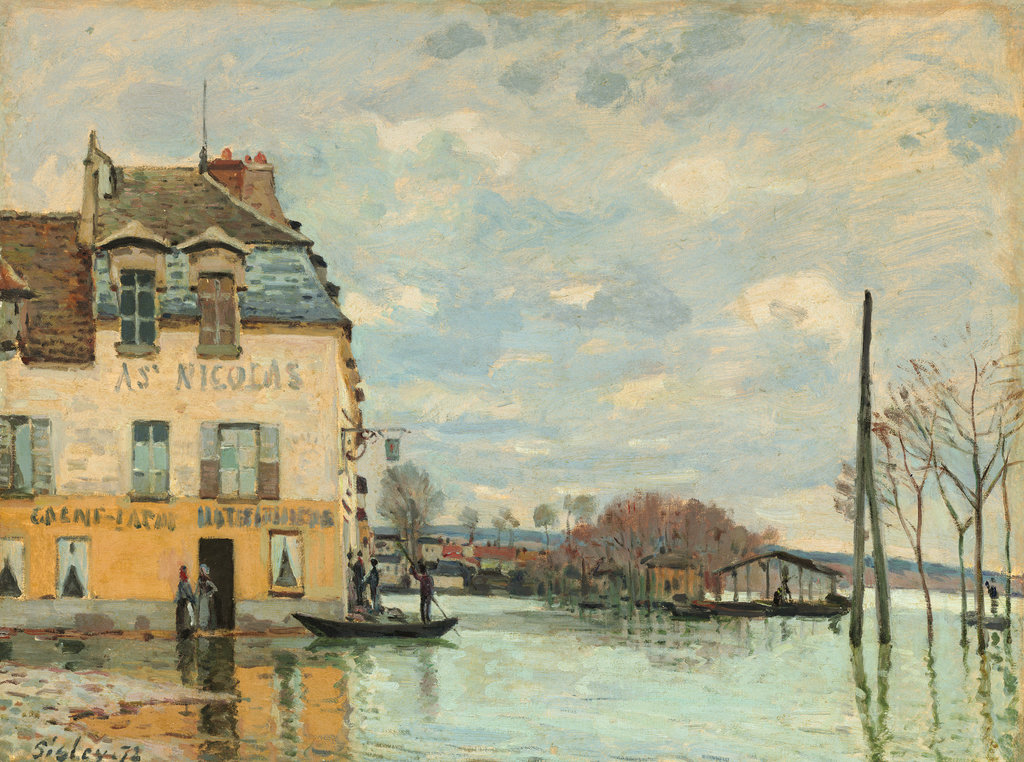
Alfred Sisley
Alfred Sisley was a Paris born impressionist painter. Sisley, after deciding business wasn’t his thing, started studying painting under Marc-Charles-Gabriel Gleyre. This teaching would put him in contact with Baizille, Monet, and Renoir, whom he would make friends with and paint with. The group would go to paint landscapes en plein air and work to capture how the sunlight fell on the world. Later in life, his father who gave him allowances would die and Sisley would live the rest of his life in poverty. Sisley would go on to paint practically only landscapes in the impressionist style his whole life as he found fulfillment in them.

Portrait of Sisley done by Renoir

Bridge of Moret
Sisley’s style was consistently that of an impressionist landscape painter. He gave his paintings a strong sense of atmosphere and wonderfully rendered skies and stands out from the rest of the impressionists for his softer harmonies. Although he painted beautifully, his work would be overshadowed by Monet due to the more restrained colours he used.

Church in Moret
Sources
https://www.britannica.com/biography/Alfred-Sisley
https://www.tate.org.uk/art/artists/alfred-sisley-1948
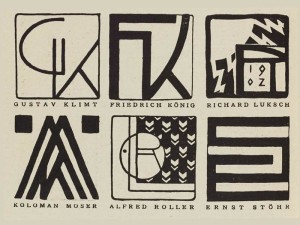

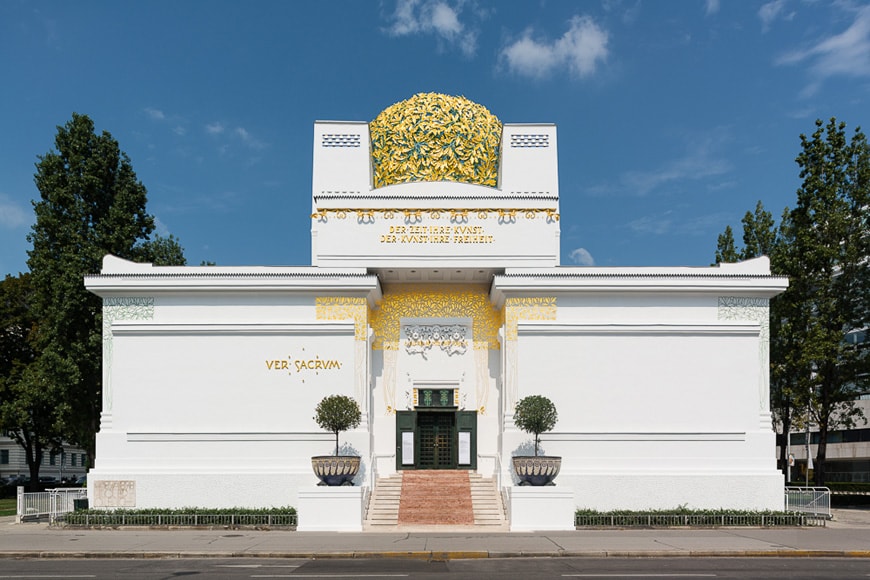


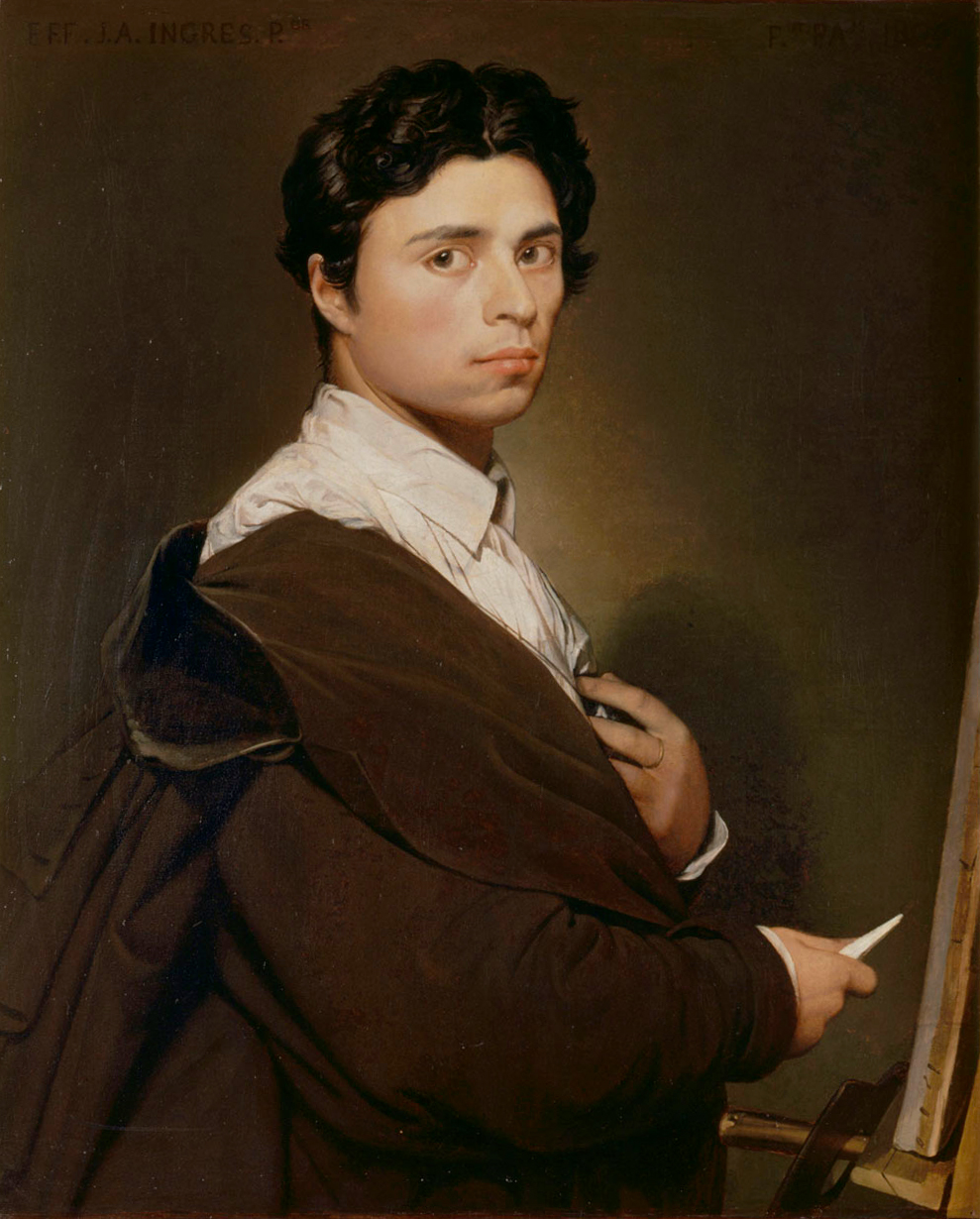
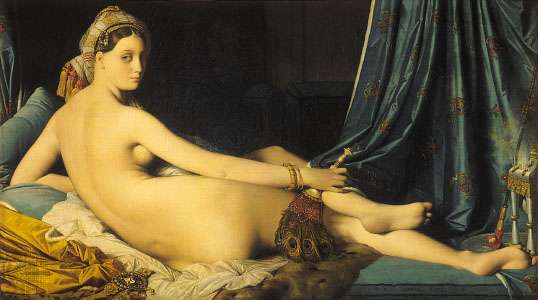


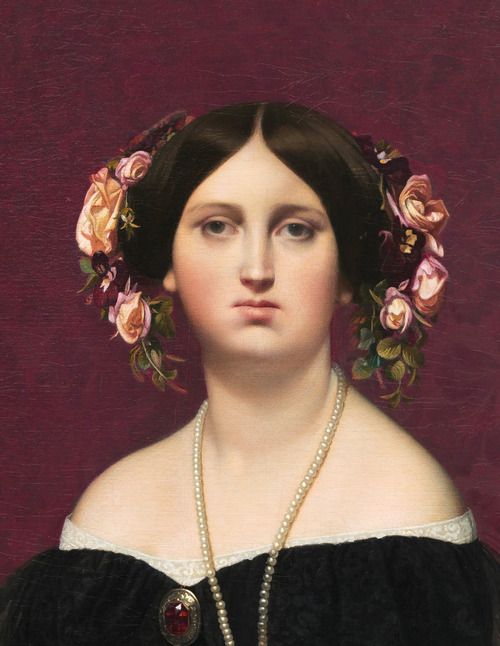



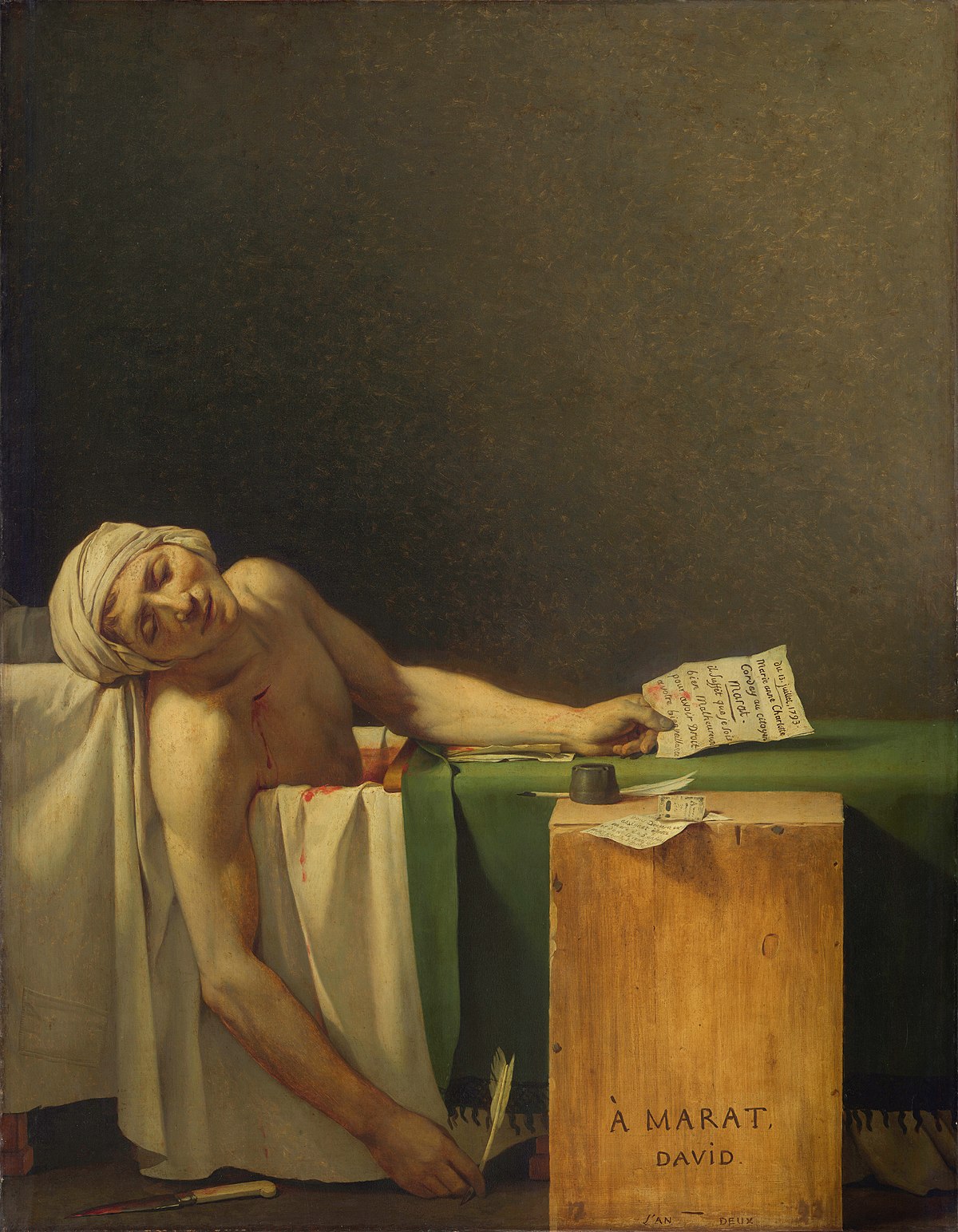





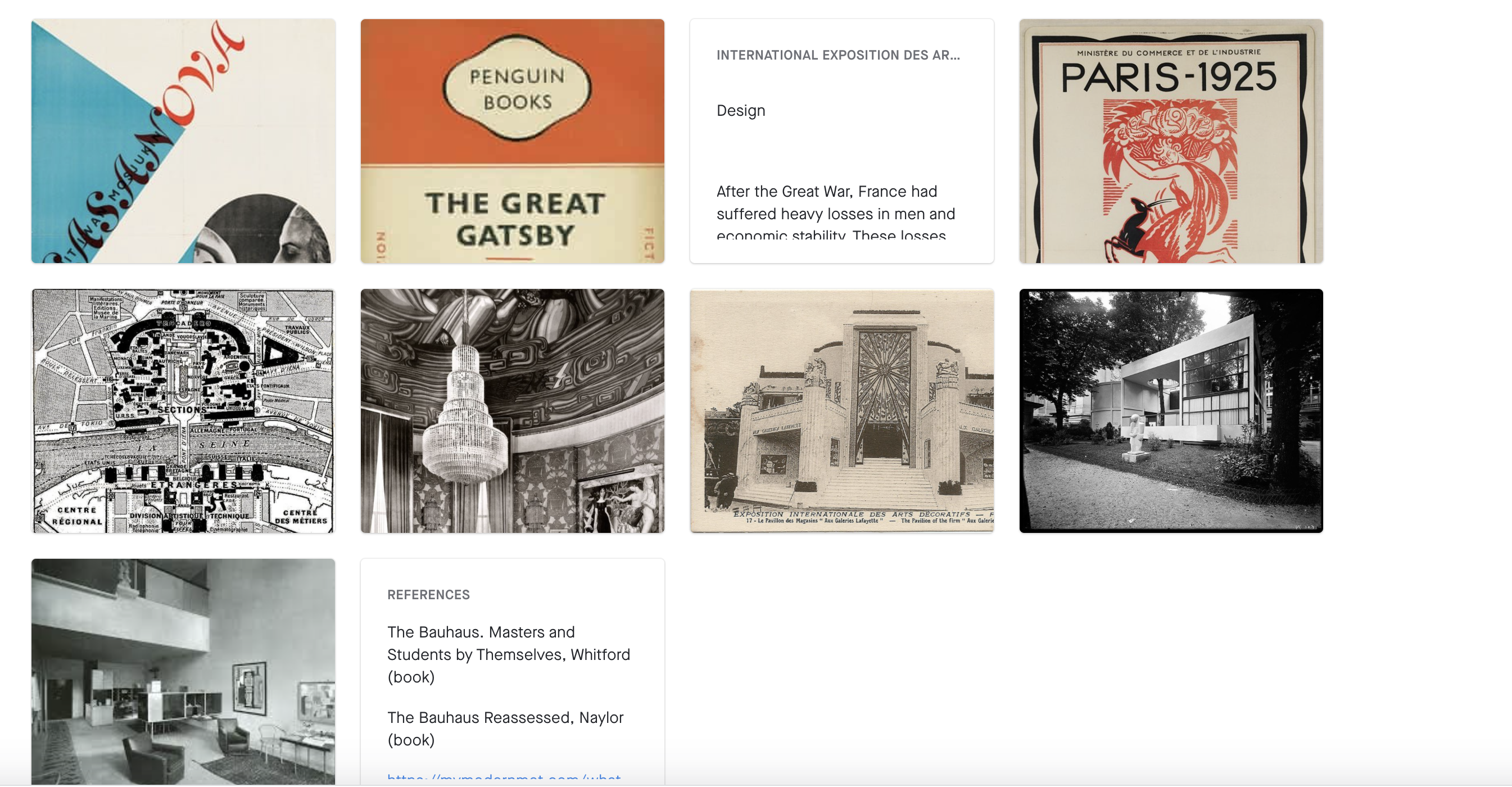


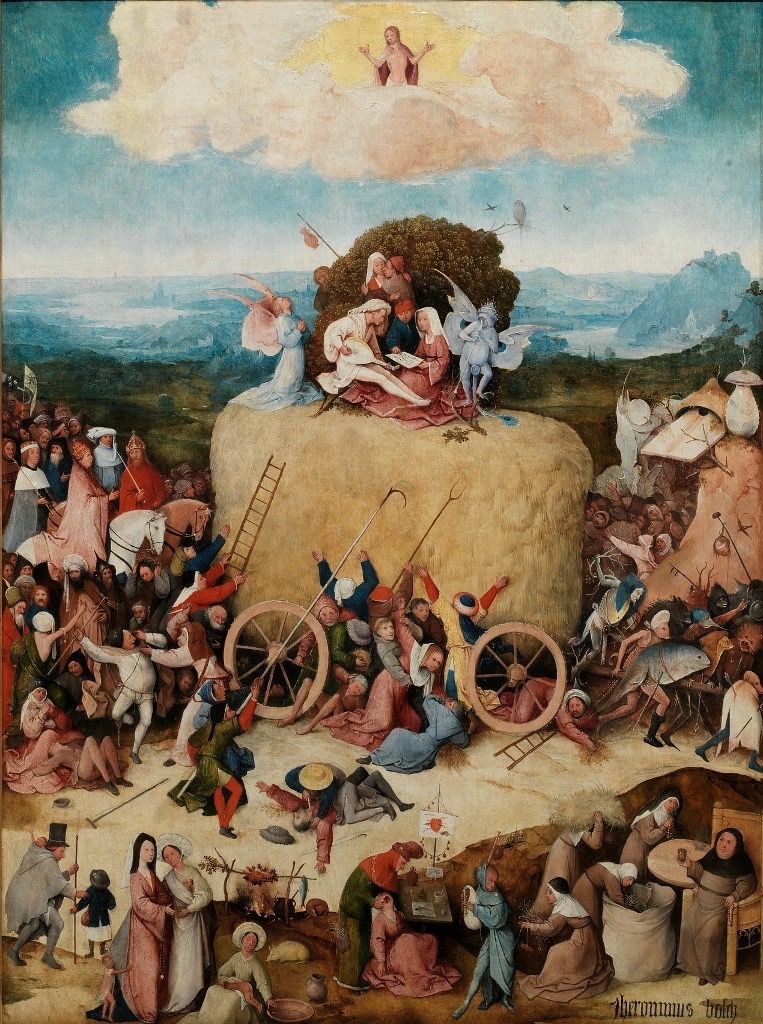


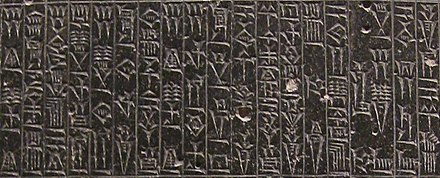
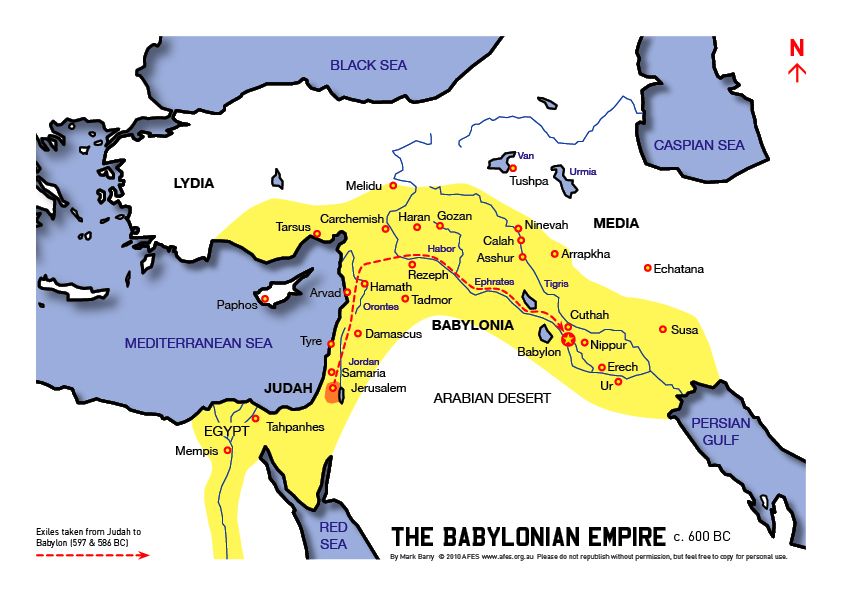
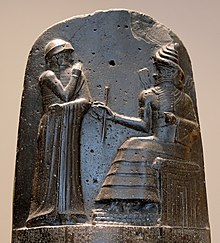

Recent Comments